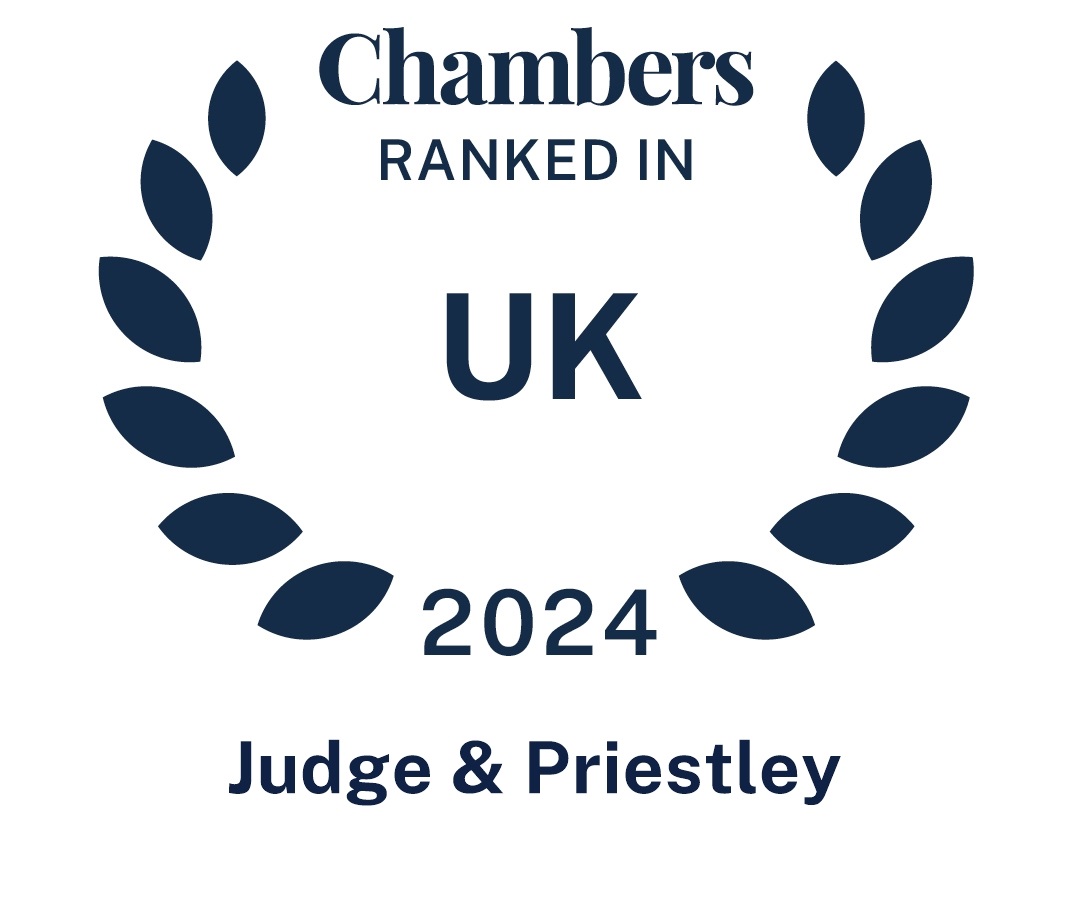- Bromley020 8290 0333
"Double hatting" guidance has important implications for landlord's service charge claims
In the recent decision in Avon v Childs [2018] UKUT 0204 (LC), the Upper Tribunal provided important guidance on the issue of “Double hatting” which is likely to see an increase in service charge claims started in the county court and impact on a landlord’s ability to recover costs in Tribunal proceedings.
“Double hatting”, is where tribunal judges also sit as county court judges to deal with issues that would otherwise have involved jurisdictional “ping-pong”.
This decision will also have further implications in respect of recovery of costs which are discussed below.
The Respondent (Childs) is the tenant under a long lease (“the Lease”) which contained standard covenants to pay service charges and to pay the landlord’s legal costs incurred when enforcing the covenants in the Lease. The Applicant (Avon) is the landlord.
The claim started in 2016 when Avon issued proceedings in the County Court to recover service charge arrears and administration charges. Childs defended the case on the basis she did not receive the service charge demands and, having paid the balance of the services charges, disputed her liability to pay the administration charges demanded.
The District Judge of his own volition transferred the matter to the First Tier Tribunal (“the Tribunal”) to be determined. Shortly before the hearing on 8 June 2017 the Tribunal Judge notified the parties that he intended to “double hat” and exercise his jurisdiction as a county court judge to determine the issue of costs. Following enquires as to the scope of the Judge’s jurisdiction with the Tribunal, Avon’s solicitors prepared and filed a statement of costs.
At the hearing the Judge found in favour of Avon and then, with his “Tribunal hat” on, the Judge awarded Avon its costs at around half of the total costs claimed on the basis they were “costs claimed contractually as administration charges”. The Judge then changed hats and made an order as a County Court Judge that Childs should pay Avon’s costs.
Permission to appeal was sought in both the Tribunal and, at the Upper Tribunal’s suggestion, the County Court and once permission was granted the parties agreed that the appeal should be heard by the Upper Tribunal.
The Upper Tribunal found that the First Tier Tribunal did not have jurisdiction to deal with costs following issue of the claim as they had not been demanded as administration charges. However it also held that if the Judge had changed hats before assessing costs, then he would have had jurisdiction as a County Court Judge to give an immediate county court judgment in respect of the post-issue costs.
Essentially the Upper Tribunal found that double hatting did not extend the Tribunal’s jurisdiction beyond that provided by statute but that the Judge would have been entitled to make an order for costs as a County Court Judge under s.176A(3) of the Commonhold and Leasehold Reforms Act 2002 (CLRA 2002).
This is an interesting case because it highlights that a Judge must communicate clearly to the parties exactly what hat he is wearing when making decisions to avoid confusion or acting beyond their jurisdiction. He must also not consult his wing members when making decisions as a County Court judge.
It is also suspected to have a big impact on how costs are recovered in service charge cases. The Tribunal’s ability to award costs is limited to occasions where a person ‘has acted unreasonably in bringing, defending or conducting proceedings’, which causes the Landlord to subsequently raise an administration charge under the Lease which is in itself open to challenge by the Tenant. However in cases that are issued in the county court and then subsequently transferred to the Tribunal, if the Tribunal Judge changes hats and sits as a County Court Judge, then following the decision in Avon v Childs he is not subject to the Tribunal’s rules and can assess the costs of those proceedings. This is good news for Landlords.
This decision will increase the number of claims started in the County Court as Landlord’s seek an easier route to recuperate their costs of taking action to recover service charge arrears.
So what steps can a Tenant take to protect themselves?
Paragraph 5A(1) of Schedule 11 to CLRA 2002 provides a tenant of a dwelling in England the right to ‘apply to the relevant court or tribunal for an order reducing or extinguishing the tenant’s liability to pay a particular administration charge in respect of litigation costs’. Any application will be assessed on its merits and the Tribunal or County Court will reduce the Respondent’s liability to pay any administration charges in respect of the costs of those proceedings to whatever amount it should consider “just and equitable”.
The Upper Tribunal helpfully highlighted that given a 5A application must be made to the court or tribunal to which the proceedings relate, in cases that are being double hatted it would be sensible to lodge 5A applications in both the county court and Tribunal to protect the tenant’s position.
For more information on this issue, please contact solicitor Joseph Green in the Property Litigation team on 020 8290 7310.









